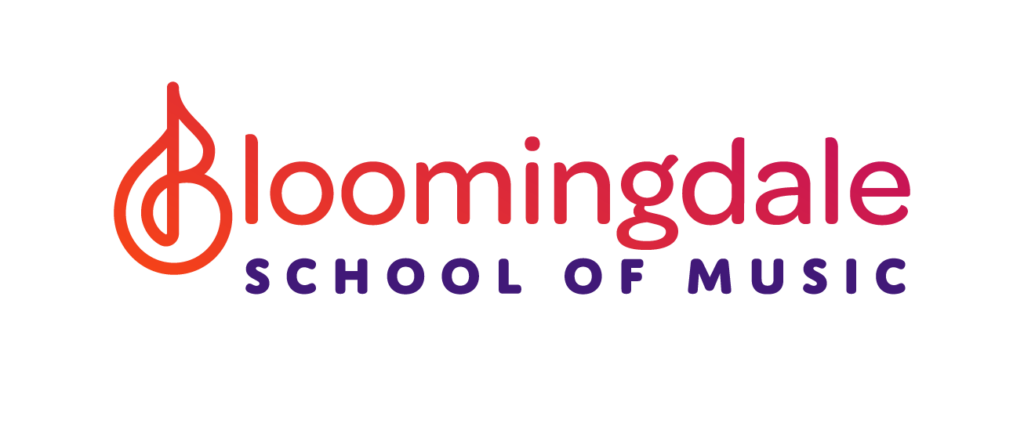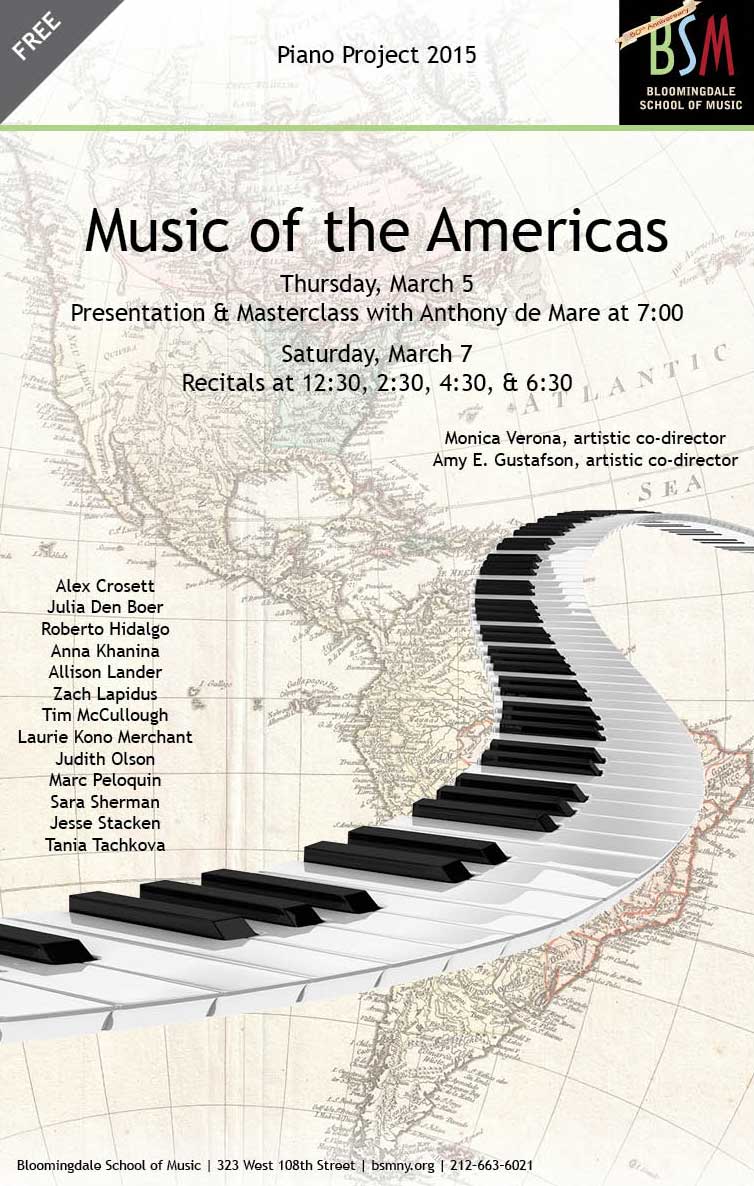Piano Project 2015: Music of the Americas on March 5 & 7
Celebrating its eighth season, the Bloomingdale School of Music Piano Project will present over 70 performances by students and faculty on Saturday, March 7th at the school. Four concerts, each an hour in length, will be presented:
Recital I: 12:30 p.m.
Recital II: 2:30 p.m.
Recital III: 4:30 p.m.
Recital IV: 6:30 p.m.
We’re thrilled to present this year’s theme, “Music of the Americas,” which explores the unique and diverse piano repertoire from North America, Cuba, Central and South America, and Canada from the mid-19th century to the present. When we think of music of the Americas, our automatic response is usually tied to dance rhythms associated with the southern hemisphere such as the tango, salsa, samba, merengue, chachachá, mambo, rumba, bossa nova, guaracha – music that migrated from South America to Cuba to Central America expressing the exuberance of the dance and the melancholy and passion of the song. Indeed, the one characteristic that unifies all of the music of South and Central America, and Cuba is its reliance on the vitality of rhythm.
This is music that found its roots in indigenous cultures such as the Mayas, and after the encounter between Pre-Columbian, European, and especially African cultures over five centuries ago, it developed into the vibrant style we know today as “Latin” music. While the music of the southern hemisphere identifies most with the Latin idiom, North American music – the United States and Canada – illustrates the broad range of influence from across the globe. Throughout its history as a culturally diverse country, the United States has produced a formidable body of music that is distinctly identified as “American.” From its very beginning, American music absorbed national styles from every continent. While Ragtime and Jazz are considered the quintessential model of American music, 20th century American composers in particular also investigated the simplicity of folk tunes passed down from early American settlers as well as more complex serial music, aleatoric music, electronic music, and minimalist techniques that draw inspiration from African, Asian, and Indonesian music.
In addition to the experimental styles among American composers, one of the greatest contributions to American music in the 20th century is the “popular song” that inspired scores of jazz musicians, singers, and dancers, and essentially founded the entertainment industry we know so well today: Broadway. Even though the musical styles of the Americas have mutual and various influences, their one common link is individuality. This is music that is not self-conscious or timid but exudes an almost endless youthful self-confidence that eagerly explores new ideas.



